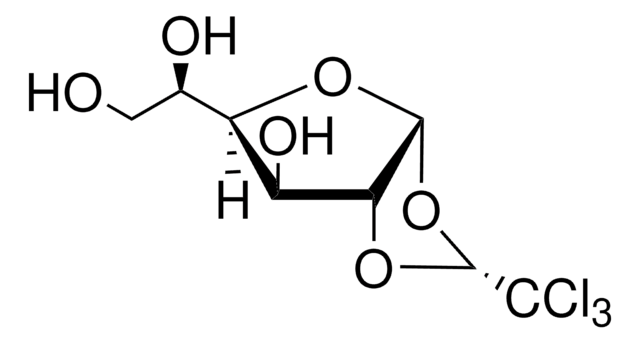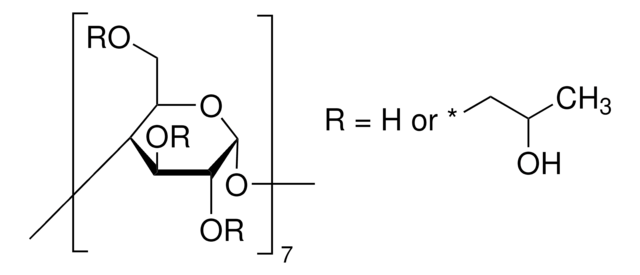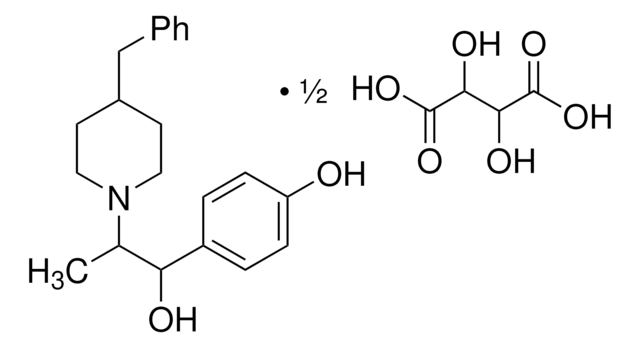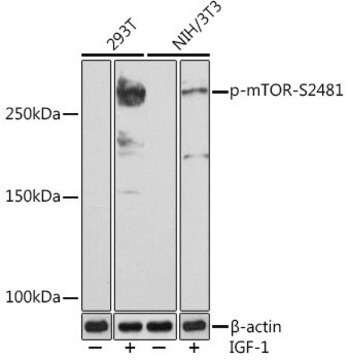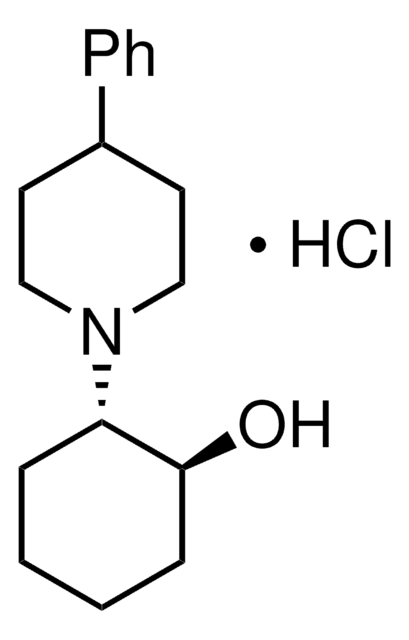C8849
α-Chloralose−HBC complex
≥92% α-anomer basis
Synonym(e):
1,2-O-(2,2,2-Trichloroethylidene)-α-D-glucofuranose: 2-hydroxypropyl-β-cyclodextrin complex
Anmeldenzur Ansicht organisationsspezifischer und vertraglich vereinbarter Preise
Alle Fotos(1)
About This Item
UNSPSC-Code:
12352200
NACRES:
NA.77
Empfohlene Produkte
Qualitätsniveau
Assay
≥92% α-anomer basis
Form
powder
Haltbarkeit
4 weeks at 4 °C (for aqueous solutions)
Löslichkeit
H2O: freely soluble
Anwendung
α-Chloralose-HBC complex has been used for anesthetizing rats for various in vivo studies.
Biochem./physiol. Wirkung
α-Chloralose-HBC complex is a preferred anesthetic over isoflurane as it displays no intrusion retinal spreading depolarization (rSD) generation and propagation.
Qualität
α-Chloralose content: 10% (w/w)
Signalwort
Warning
H-Sätze
P-Sätze
Gefahreneinstufungen
Aquatic Acute 1 - Aquatic Chronic 1
Lagerklassenschlüssel
13 - Non Combustible Solids
WGK
WGK 1
Flammpunkt (°F)
Not applicable
Flammpunkt (°C)
Not applicable
Persönliche Schutzausrüstung
Eyeshields, Faceshields, Gloves, type N95 (US)
Hier finden Sie alle aktuellen Versionen:
Besitzen Sie dieses Produkt bereits?
In der Dokumentenbibliothek finden Sie die Dokumentation zu den Produkten, die Sie kürzlich erworben haben.
Kyle R Biesecker et al.
The Journal of neuroscience : the official journal of the Society for Neuroscience, 36(36), 9435-9445 (2016-09-09)
The brain is critically dependent on the regulation of blood flow to nourish active neurons. One widely held hypothesis of blood flow regulation holds that active neurons stimulate Ca(2+) increases in glial cells, triggering glial release of vasodilating agents. This
J Silverman et al.
Laboratory animal science, 43(3), 210-216 (1993-06-01)
Chloral hydrate (CH) and alpha-chloralose (CS) are often used to anesthetize laboratory animals although, to our knowledge, there have been no controlled studies of their anesthetic or analgesic effects. Induction of and recovery from anesthesia can be stressful, and anesthesia
Tess E Kornfield et al.
The Journal of neuroscience : the official journal of the Society for Neuroscience, 34(34), 11504-11513 (2014-08-22)
Light stimulation evokes neuronal activity in the retina, resulting in the dilation of retinal blood vessels and increased blood flow. This response, named functional hyperemia, brings oxygen and nutrients to active neurons. However, it remains unclear which vessels mediate functional
Unser Team von Wissenschaftlern verfügt über Erfahrung in allen Forschungsbereichen einschließlich Life Science, Materialwissenschaften, chemischer Synthese, Chromatographie, Analytik und vielen mehr..
Setzen Sie sich mit dem technischen Dienst in Verbindung.